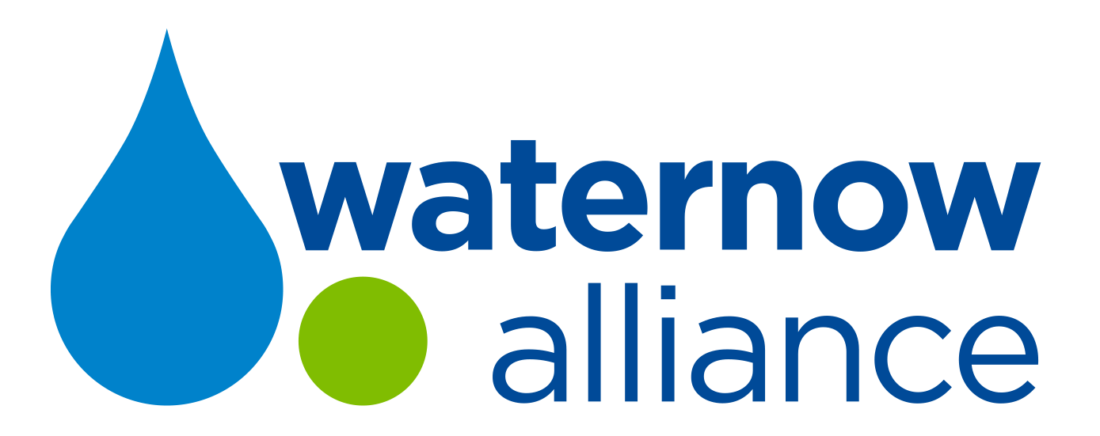The City of Madison is in south-central Wisconsin on an isthmus between Lakes Mendota and Monona and covers close to 100 square miles. The City has a long history dating back to the 1800s, and in 1882 Madison Water Utility was established following cutting-edge (for the time) water quality testing that showed the need for a city waterworks. Today, Madison Water Utility serves just over 250,000 people in Madison and the neighboring communities.
 In 1992, the utility faced a new water quality challenge. Following the Environmental Protection Agency’s (EPA) adoption of the Lead and Copper Rule (LCR)—the federal regulation that requires water providers to monitor drinking water at customer taps and take action if lead concentrations exceed 15 parts per billion (ppb)—Madison Water Utility conducted its first round of testing in accordance with the LCR. The results of these samples revealed elevated levels of lead above the action level.
In 1992, the utility faced a new water quality challenge. Following the Environmental Protection Agency’s (EPA) adoption of the Lead and Copper Rule (LCR)—the federal regulation that requires water providers to monitor drinking water at customer taps and take action if lead concentrations exceed 15 parts per billion (ppb)—Madison Water Utility conducted its first round of testing in accordance with the LCR. The results of these samples revealed elevated levels of lead above the action level.
In response, the utility’s first step was to evaluate potential ways to achieve the required reductions under the LCR. Working with its consultant, the utility soon learned through a series of tests and studies that adding orthophosphate—a chemical usually used to address elevated levels of lead in drinking water—would not satisfactorily resolve the issue because that treatment would compound existing phosphorous pollution in the streams to which Madison discharges its wastewater. In keeping with its innovations over 100-years earlier, to meet the LCR requirements Madison Water Utility undertook a truly One Water approach and viewed the need to reduce lead levels in its drinking water holistically from source to tap to receiving water.
Practically, this meant identifying and replacing all lead service lines community-wide. But first Madison Water Utility had to address three initial challenges:
- The EPA had to approve the utility’s proposal to bypass the treatment techniques specified in the LCR, as the regulation did not otherwise allow the city to use lead line replacement as a compliance mechanism.
- Madison Water Utility needed to work with the community to address concerns about the need for and cost of the lead line replacement program.
- Madison Water Utility needed to identify a creative funding source for certain portions of the Lead Service Line Replacement Program.
The utility successfully overcame each of these challenges and in 2000 initiated its lead service line replacement program—the first program of its kind in the country.
 Through Madison Water Utility’s commitment to regulatory compliance and public health, the utility has replaced 8,000 lead service lines, 5,600 of which were on private property, reduced lead in its drinking water to 3 ppb as of sampling conducted in 2011 and 2014, and already saved the City approximately $2.5 million in costs by avoiding the need for ongoing treatment.
Through Madison Water Utility’s commitment to regulatory compliance and public health, the utility has replaced 8,000 lead service lines, 5,600 of which were on private property, reduced lead in its drinking water to 3 ppb as of sampling conducted in 2011 and 2014, and already saved the City approximately $2.5 million in costs by avoiding the need for ongoing treatment.
From Madison, Wisconsin, to San Antonio, Texas, as part of WaterNow’s Tap into Resilience initiative, WaterNow has interviewed over a dozen city and utility leaders already tapping into localized water strategies for fast, affordable, and impactful solutions to their water challenges. All the details of the Madison Water Utility’s Tap into Resilience case study are available on WaterNow’s campaign website here. WaterNow’s Water Policy Specialist, Caroline Koch, also spoke about these programs at WaterNow’s most recent Tap into Resilience Summit in Austin, Texas. WaterNow members can access the summit materials through the member portal.

